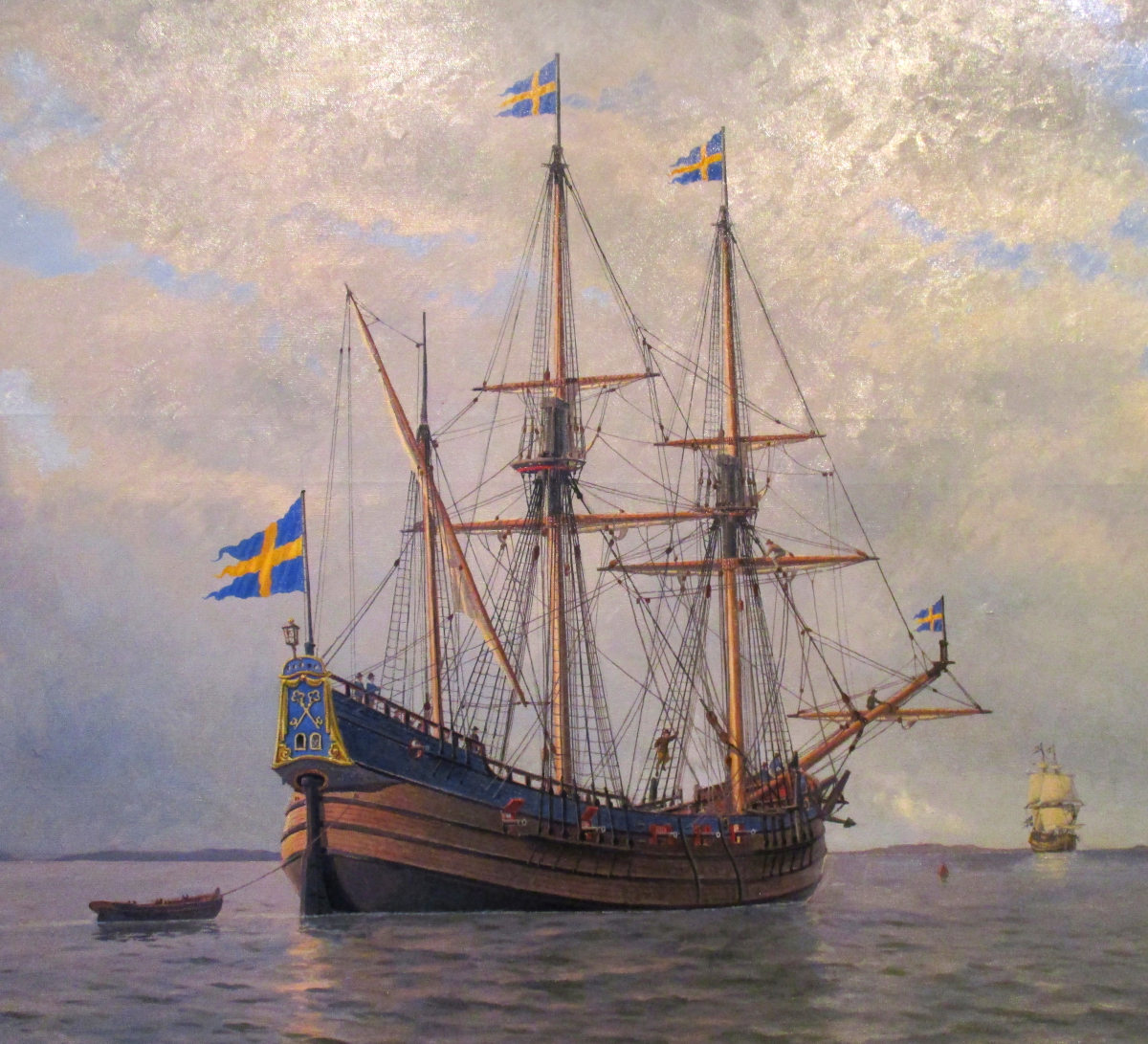In 2004, over 130,000 visitors visited Serieteket, which is located in Stockholm’s multi-faceted Kulturhuset, a building that houses a theater, several exhibition spaces, a children’s library, and an impressive youth center called Lava among other things. In the center of Serieteket’s large, airy space, librarians sit behind a lighted, neon-green console. It could easily fit onto the brig of a modern Starship Enterprise.
“Many foreign visitors mistake the library for a bookstore and want to buy the comics,” smiles Kristiina Kolehmainen, head of Serieteket, “but all they need is a library card.”
Originally founded as a project in 1996 to keep budding Swedish comic book artists off the street and off unemployment rolls, Serieteket has grown into a cultural institution with funding from the Stockholm municipal government, the Nordic book fund and other government entities. It embodies the values of citizen advocacy and influence in public spheres, but is just as importantly, the brainchild of Kristiina Kolehmainen.
Serieteket simply incorporates pop culture into public institutions, and redefines what a library can be.
Musing over the origins, Kristiina Kolehmainen, a fiery redhead, says, “Looking back to 1995, I didn’t like the idea that libraries were just something closed. No, libraries are for users.”
Reflecting that sentiment, Serieteket has traditionally provided a venue for exhibitions, seminars and comic book workshops. However, a new focus is underway: enter the Serieteket going international and debuting on the Internet.
“We’re working on this portal Nordicomics.net,” a mammoth project, which is being roughly based on Powells website, a famous alternative bookstore based in Portland, Oregon. The portal will become the site where anything and everything to do with comics appears first. It is an attempt to showcase the respective Nordic library systems’ comic book collections, and make them accessible to the public at large.
Additionally, Kolehmainen says “we have started a competition for the best Nordic fanzine, which took place for the first time this year as part of our comic festival.” From quite humble beginnings, Serieteket is helping to bring Scandinavian comic book artists to the world, and is hoping to bring the world to Stockholm.
Musing on what makes Swedish, Finnish, Danish, Norwegian and Icelandic comics uniquely Nordic, Kolehmainen takes Ulf Lundkvist’s Assar, a walking sausage, as an example.
“His storytelling is very Nordic, it’s ironic, but at the same time self-deprecating. He’s able to work in Swedish political events in his work, yet Assar remains THE dork of dorks… with very low self-esteem. I think that is quite Nordic.”
Joakim Pirinen, whose intense, graphic style characterizes his work, fits into this “Nordic” category as well whereas the younger generation of comic artists, such as Martin Kellerman, the creator of Rocky, appears to be more influenced by American comics. Still, regional differences do exist: Norway has a long tradition of newspaper strip comics and Danish and Finnish comics are very much in tune with international trends.
Always setting her standards high, Kolehmainen would “really like to see the portal become a success and see the festival become the biggest comic event (in Europe) with the best guests of all the Nordic and European festivals here at Kulturhuset.” Serieteket has already hosted an impressive number of internationally and regionally well-known comic book creators.
These include Joe Sacco, known for his ground-breaking comic journalism in Palestine, Safe Area Gorzazde and even published in the latest Granta issue; many of the Nordic countries artists such as Pirinen, Kellerman, Lundkvist and others, and just recently, Gilbert Shelton of Furry Freak Brother’s Fame.
“I don’t see our festival becoming like France’s Angouleme but rather by focusing on the fanzines and alternative things all the time, that will ensure our festival does not become a mainstream one” says Kristiina Kolehmainen. If Serieteket’s diverse and varied collection reveals anything, it is pretty safe to say Serieteket’s festival will be anything but mainstream.
Howard Suhr Perez
This is the first in a series of features on Nordic comics by Howard Suhr Perez




 Please whitelist us to continue reading.
Please whitelist us to continue reading.